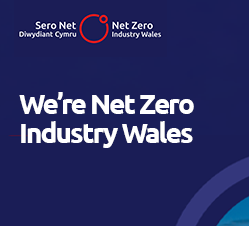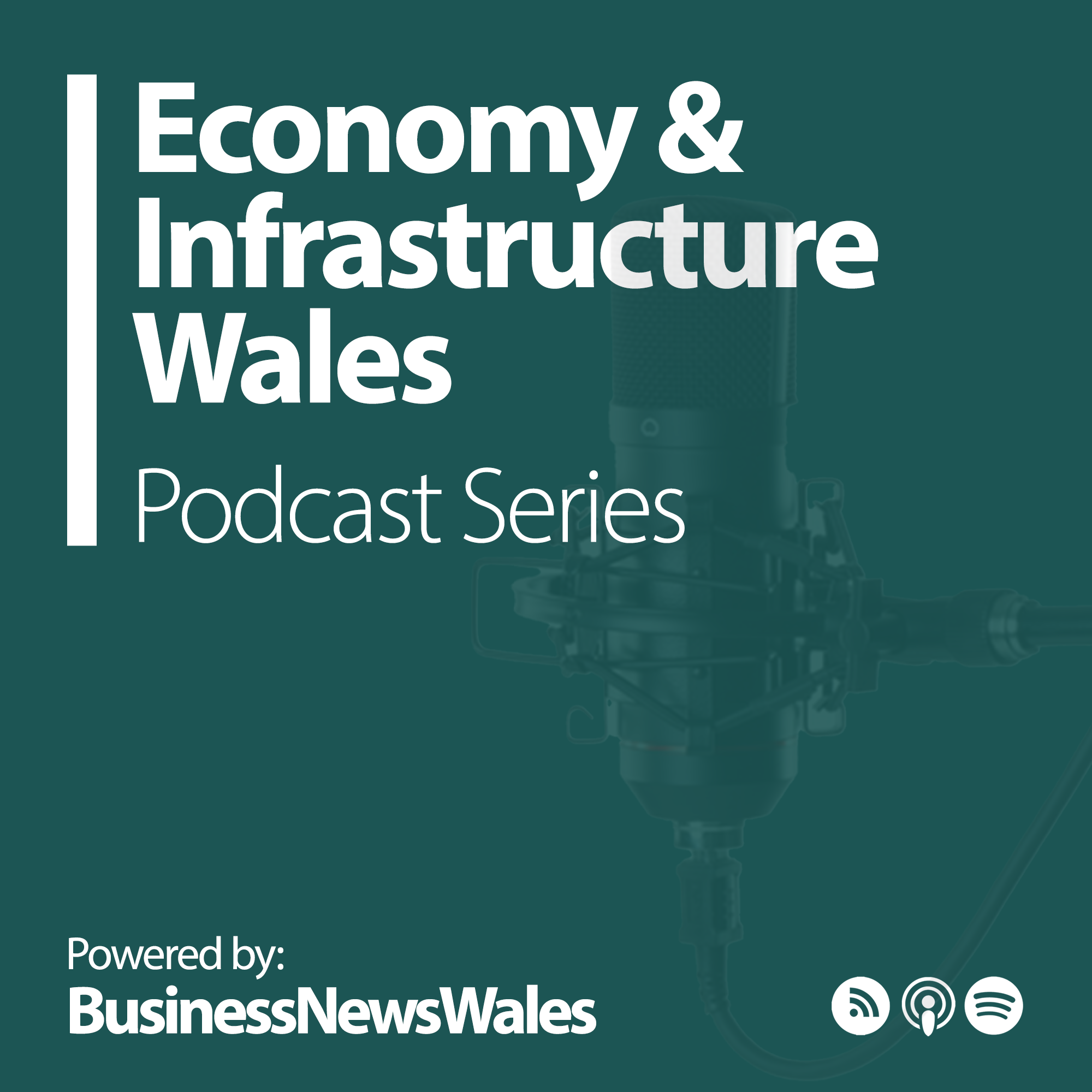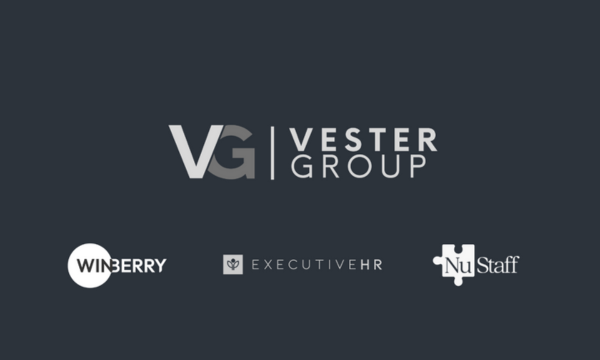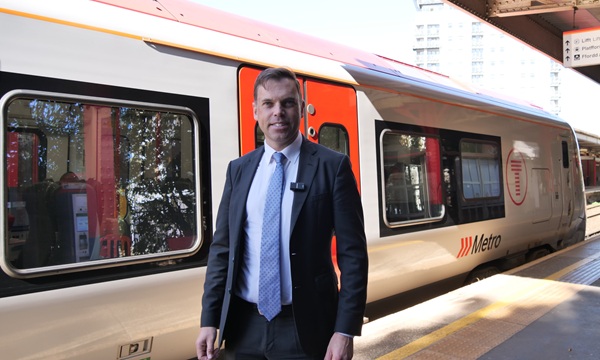
GUEST COLUMN:
Dr Edward Thomas Jones
Senior Lecturer in Economics
Bangor Business School, Bangor University
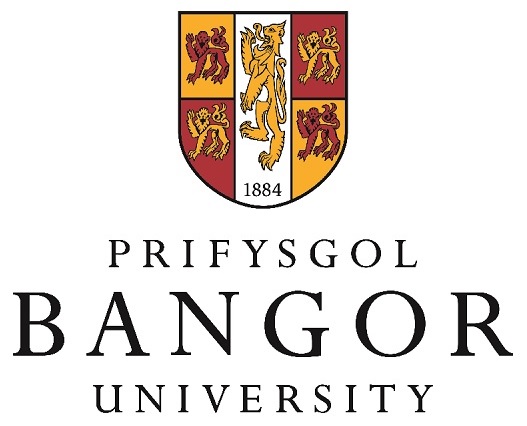
From high-level talks in Davos to dramatic shifts in global trade, 2025 has already delivered plenty of surprises – and it’s not done yet.
From Davos to downpours
As we step into the last month of summer, it feels like a natural moment to pause and reflect on the year so far. August often brings a mix of sunshine and sudden storms, making it one of the more unpredictable months in terms of weather. In many ways, this month’s weather feels like a fitting metaphor for the year so far.
As in previous years, 2025 began with global leaders, business executives, and experts gathering in Davos, Switzerland, for the World Economic Forum Annual Meeting. This year’s theme, “Collaboration for the Intelligent Age,” set the tone for wide-ranging discussions on how societies, economies, and industries can adapt to rapid technological change while fostering resilience and inclusion. Key areas of focus included rebuilding trust in institutions and international cooperation, identifying new sources of economic growth, addressing the future of work, education, and healthcare, accelerating the global energy transition, and safeguarding the planet. The forum also explored how emerging technologies, such as AI, robotics, and biotechnology, are reshaping industries and challenging traditional models of governance and business.
So far, things were going reasonably well in 2025.
Shortly after the World Economic Forum Annual Meeting, the Bulletin of the Atomic Scientists moved the Doomsday Clock forward to 89 seconds to midnight, marking the closest point to symbolic global catastrophe since its creation. For context, during the height of the Cuban Missile Crisis in 1962, the Clock remained at seven minutes to midnight, underscoring how today’s risks are viewed as even more acute and complex.
Donald Trump officially returned to office as the 47th President of the United States in January. While his first term was often viewed as a fluke – he didn’t win the popular vote and had no prior political experience – his second inauguration reflected a more assured and confident approach. Prominent tech billionaires such as Elon Musk were seated ahead of key cabinet members during Trump’s inaugural address, symbolic gesture that highlighted Trump’s clear prioritisation of keeping people with power and wealth on side.
America’s Golden Age?
Throughout his presidential campaign, Trump repeatedly said that he planned to impose enormous tariffs on foreign imports and spoke of the policy in glowing terms. He claimed his tariffs would defy traditional economic wisdom, strengthening domestic industries, returning jobs to the US, and producing considerable income. Trump called “tariff” the most beautiful word in the dictionary. His love for tariffs comes from William McKinley, who won the 1896 presidential election, making him the 25th US president. He built his reputation in Congress on high tariffs, promising protection for American businesses and factory workers.
During his inauguration speech, Donald Trump declared that “the golden age of America begins right now.” At the beginning of April he declared ‘Liberation Day’ and announced a sweeping overhaul of US trade policy, declaring a national emergency over the country’s trade deficit. A 10% baseline tariff was imposed on imports from nearly all countries (excluding Russia and their closes ally, Belarus) starting on April 5, with country-specific tariffs – ranging from 11% to 50% – beginning on April 9.
The most bizarre aspect of ‘Liberation Day’ was the mathematics behind the (probably back-engineered) tariff formula. Tariffs do sometimes make sense. But they only make sense if they are very strategic and they relate to specific area of the economy, for example infant industries (where you are actively trying to develop a sector). In this situation, you would accompany the tariff with an active industrial strategy in that area. What Trump had done is not strategic and does not relate to any industrial strategy.
I noticed in April that Wales, the Netherlands, Hong Kong, Brazil, Saudi Arabia, Belgium, and Australia shared something in common. According to the US Department of Commerce (Bureau of Economic Analysis), these countries imported more from the US than they exported in 2024. In other words, each country had a trade deficit with the US last year. Data from the Welsh Government shows that trade with the US totalled £6.4bn in 2024, comprising £4.2bn in imports and £2.2bn in exports to the country. Following Trump’s logic, therefore, Wales should impose tariffs on US imports into the country!
By May, a new acronym began circulating: TACO, short for “Trump Always Chickens Out.” Coined by Financial Times columnist Robert Armstrong, the term was used to describe what he identified as a recurring pattern in President Donald Trump’s trade policy: initially announcing bold tariff measures that disrupt markets, followed by subsequent reversals, delays, or reductions in response to economic or political pressures. Liberation Day became a key example of the TACO in action: a dramatic policy announcement followed by a reversal.
New deals, new direction
In response to the new trading world of protectionism, bilateralism, and unpredictability created by Donald Trump, the UK government began exploring new trade agreements and reviving existing ones. The UK was the first country to sign a trade deal with the US post-Liberation Day. While the agreement is not a full-scale trade deal, the UK negotiated reduced tariffs on steel and cars and, in return, the US gained increased access to UK markets for beef, ethanol, and industrial goods. It’s difficult know the full impact of this trade deal on the Welsh economy; most likely it will ease pressures on the industries most vulnerable to tariffs without impacting the overall economic performance.
In 2025, the UK also announced two major trade agreements with India and the EU. There was a tariff reduction on 90% of UK goods exported to India, including whiskey, lamb, medical devices and electrical machinery, and a whopping cut in car-related tariffs from over 100% to 10%. While not a trade deal, the agreement between the UK-EU represented a reset in their relations. For example, there was agreed cooperation on youth mobility scheme, pet passports, fishing agreement, and sanitary and phytosanitary agreement. Both of these trading agreements should, overall, benefit the Welsh economy by making it easier to sell to these countries and ensure products can compete on price.
Big plans, tight purse strings: The UK’s industrial strategy meets fiscal reality
Building on the renewed momentum around industrial strategy, the UK government launched its long-awaited industrial strategy in June: a 10-year plan designed to boost the economy and support regions that have faced economic challenges. The strategy focuses on eight key sectors that are expected to drive future growth: advanced manufacturing, creative industries, life sciences, clean energy, defence, digital and tech (including AI and quantum computing), financial services like banking and insurance, and professional services such as law and accounting. These sectors will receive targeted support, including cheaper energy, trade assistance, and investment in skills training.
The UK government sees its industrial strategy as a key piece of the puzzle when it comes to driving long-term economic growth across the country. And now is the time for the government to hit the economic accelerator.
Although tariff-related uncertainty has eased, recent data suggests that underlying UK GDP growth remains effectively stagnant. Labour market indicators, including employment and wage growth, have weakened, while the UK’s inflation problem remains unresolved. This creates a very difficult environment for the UK Chancellor, Rachel Reeves.
In August, the National Institute of Economic and Social Research (NIESR) dropped a financial reality check: if Chancellor Rachel Reeves wants to stick to her own borrowing rules, taxes will likely need to rise this autumn. According to NIESR, the government is on course to miss its target by a staggering £41.2 billion. Expect plenty of debate in the coming months around wealth taxes, especially those tied to property and inheritance. With baby boomers passing down serious housing wealth, it’s an attractive idea, but international evidence suggests it’s no silver bullet. More likely, we’ll see some tweaks around the edges. To raise serious revenue without breaking Labour’s promise not to hike income tax for working people, Reeves may well stick with freezing income tax thresholds; a move that quietly boosts government coffers.
2025 has been nothing short of an economic rollercoaster. From global shake-ups to bold domestic policy moves, the Welsh economy has felt the tremors, though the full impact is still unfolding. And if the first seven months are anything to go by, the rest of the year promises more twists and turns: unpredictable international events, dramatic policy announcements, and yes, probably a few tax hikes too. Buckle up!







